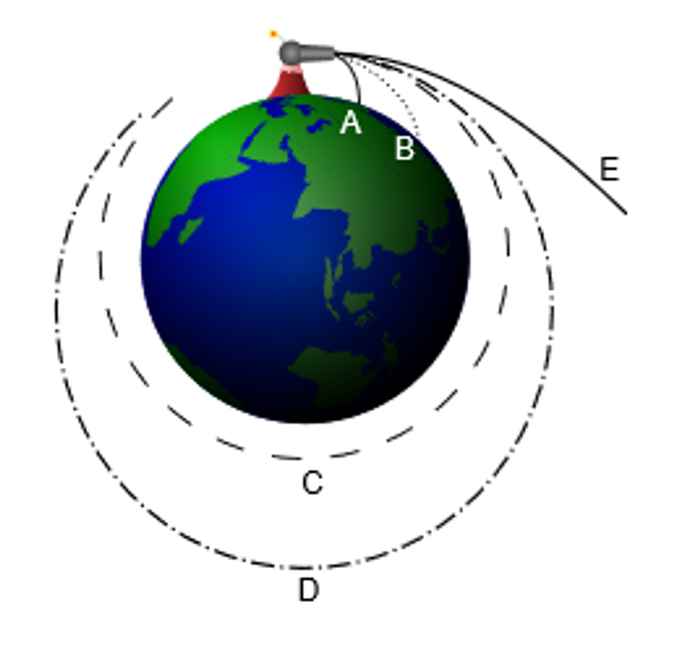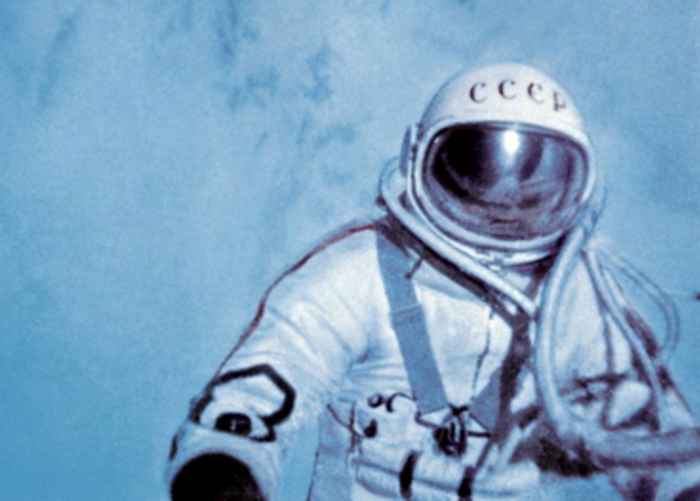Blog: Human Space Flight
19 April 2021

In 1961, the USSR sent cosmonaut Yuri Gagarin on the Vostok 1 to space in order to complete a single orbit around the Earth. This orbit took 108 minutes and was done completely automatically. This was the first time any human had travelled to space and is the event we celebrate on April 12.
Within a month later, the US launched the Freedom 7, with astronaut Alan Shepard. Unlike Yuri Garagin, Alan Shepard had some control over the spacecraft itself, and specifically he controlled the altitude. The size of the Freedom 7 was three times smaller than the USSR Vostok spacecraft. While Gagarin performed a full orbit around the Earth, Shepard and the Freedom 7 performed a sub-orbital flight: a spaceflight where the craft reaches space but the path intersects with the Earth’s atmosphere (Figure 2). The Freedom 7 did not complete a full orbit, and the flight duration was only 15 minutes.
In 1962, the US sent John Glenn aboard Friendship 7 to space to complete the first American orbit around the Earth. The USSR launched more cosmonauts to space in 1962, and even launched the first woman in space in 1963, Valentina Tereshkova, aboard the Vostok 6. Valentina remains the only woman to fly to space alone, and also the youngest at the age of 26. During Tereshkova’s approximately 3 day mission, she orbited the Earth 48 times! The photographs that Valentina took of the Earth’s horizon during her mission were later used to identify aerosol layers in the atmosphere. The US also sent a few astronauts to space during 1963, and even sent two rocket-powered aircrafts (called North American X-15) to the “edge of space”: the internationally recognised “Kármán line” at 100 km altitude.
The next milestone was the first ever spacewalk in 1965 performed by Alexei Leonov. He was outside the spacecraft for 12 minutes and 9 seconds in total, the whole time attached to a 4.8 metre tether. While outside, Alexei’s spacesuit swelled so much he struggled to get back inside the spacecraft.

Then in 1968, the US successfully sent the first astronauts to orbit around the moon, and infamously landed on the moon in 1969. These achievements were done through the US’s Apollo missions.
Through the 1970s and 80s, the USSR and US continued to compete in the space race, as opposed to joining forces. In 1991, at the end of the Cold War, the US and Russia began to work together on space programs, which was later solidified by the US planned space station “Freedom” being rebranded the International Space Station (ISS) as we know it today. The ISS has the record for the longest period of time in space with continuous human presence.
